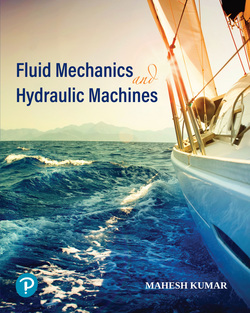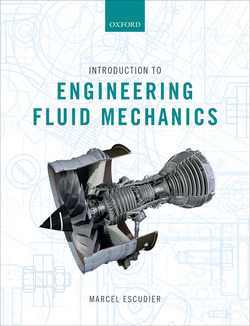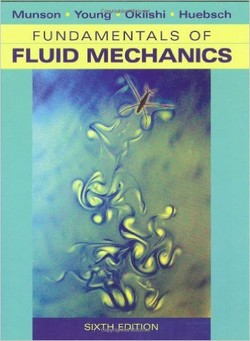مکانیک سیالات برای مهندسین

مطالب این کتاب شامل اطلاعات و نکات مورد نیاز دانشجویان تحصیلات تکمیلی در رابطه با مکانیک سیالات بوده و همچنین مناسب سطوح پیشرفته و دکتری نیز میباشد.
درحالیکه متون متعددی در رابطه با کارشناسی مکانیک سیالات برای مهندسین و استادان وجود دارد، اما تعداد محدودی از آنها بهصورت جامع نیازهای مهندسین فارغالتحصیل را پوشش میدهند.
برای تکمیل متن پایاننامههای دانشجویی، استادان معمولا متون مختلفی را توصیه میکنند که هر کدام به مباحث ویژهای از مکانیک سیالات پرداختهاند. در این کتاب تمامی موارد مورد نیاز بهصورت جامع و منسجم گردآوری شده و بهمنظور رفع نیازهای مهندسین و فارغالتحصیلان ارائه شده است.
اگرچه این کتاب در درجه اول برای دانشجویان مهندسی مکانیک تالیف شده است اما به همان اندازه برای مهندسین هوافضا، عمران و رشتههای دیگر مهندسی نیز مفید میباشد.
پیش از مطالعه کتاب خواننده بایستی شناخت کافی از حساب دیفرانسیل و انتگرال داشته باشد.
درحالیکه متون متعددی در رابطه با کارشناسی مکانیک سیالات برای مهندسین و استادان وجود دارد، اما تعداد محدودی از آنها بهصورت جامع نیازهای مهندسین فارغالتحصیل را پوشش میدهند.
برای تکمیل متن پایاننامههای دانشجویی، استادان معمولا متون مختلفی را توصیه میکنند که هر کدام به مباحث ویژهای از مکانیک سیالات پرداختهاند. در این کتاب تمامی موارد مورد نیاز بهصورت جامع و منسجم گردآوری شده و بهمنظور رفع نیازهای مهندسین و فارغالتحصیلان ارائه شده است.
اگرچه این کتاب در درجه اول برای دانشجویان مهندسی مکانیک تالیف شده است اما به همان اندازه برای مهندسین هوافضا، عمران و رشتههای دیگر مهندسی نیز مفید میباشد.
پیش از مطالعه کتاب خواننده بایستی شناخت کافی از حساب دیفرانسیل و انتگرال داشته باشد.
سال انتشار: 2010 | 517 صفحه | حجم فایل: 30 مگابایت | زبان: انگلیسی
Fluid Mechanics for Engineers: A Graduate Textbook
نویسنده
Meinhard T. Schobeiri
ناشر
Springer
ISBN10:
3642115934
ISBN13:
9783642115936
قیمت: 16000 تومان
برچسبها: مکانیک سیالات The contents of this book covers the material required in the Fluid Mechanics Graduate Core Course (MEEN-621) and in Advanced Fluid Mechanics, a Ph. D-level elective course (MEEN-622), both of which I have been teaching at Texas A&M University for the past two decades. While there are numerous undergraduate fluid mechanics texts on the market for engineering students and instructors to choose from, there are only limited texts that comprehensively address the particular needs of graduate engineering fluid mechanics courses. To complement the lecture materials, the instructors more often recommend several texts, each of which treats special topics of fluid mechanics. This circumstance and the need to have a textbook that covers the materials needed in the above courses gave the impetus to provide the graduate engineering community with a coherent textbook that comprehensively addresses their needs for an advanced fluid mechanics text. Although this text book is primarily aimed at mechanical engineering students, it is equally suitable for aerospace engineering, civil engineering, other engineering disciplines, and especially those practicing professionals who perform CFD-simulation on a routine basis and would like to know more about the underlying physics of the commercial codes they use. Furthermore, it is suitable for self study, provided that the reader has a sufficient knowledge of calculus and differential equations. In the past, because of the lack of advanced computational capability, the subject of fluid mechanics was artificially subdivided into inviscid, viscous (laminar, turbulent), incompressible, compressible, subsonic, supersonic and hypersonic flows.









































